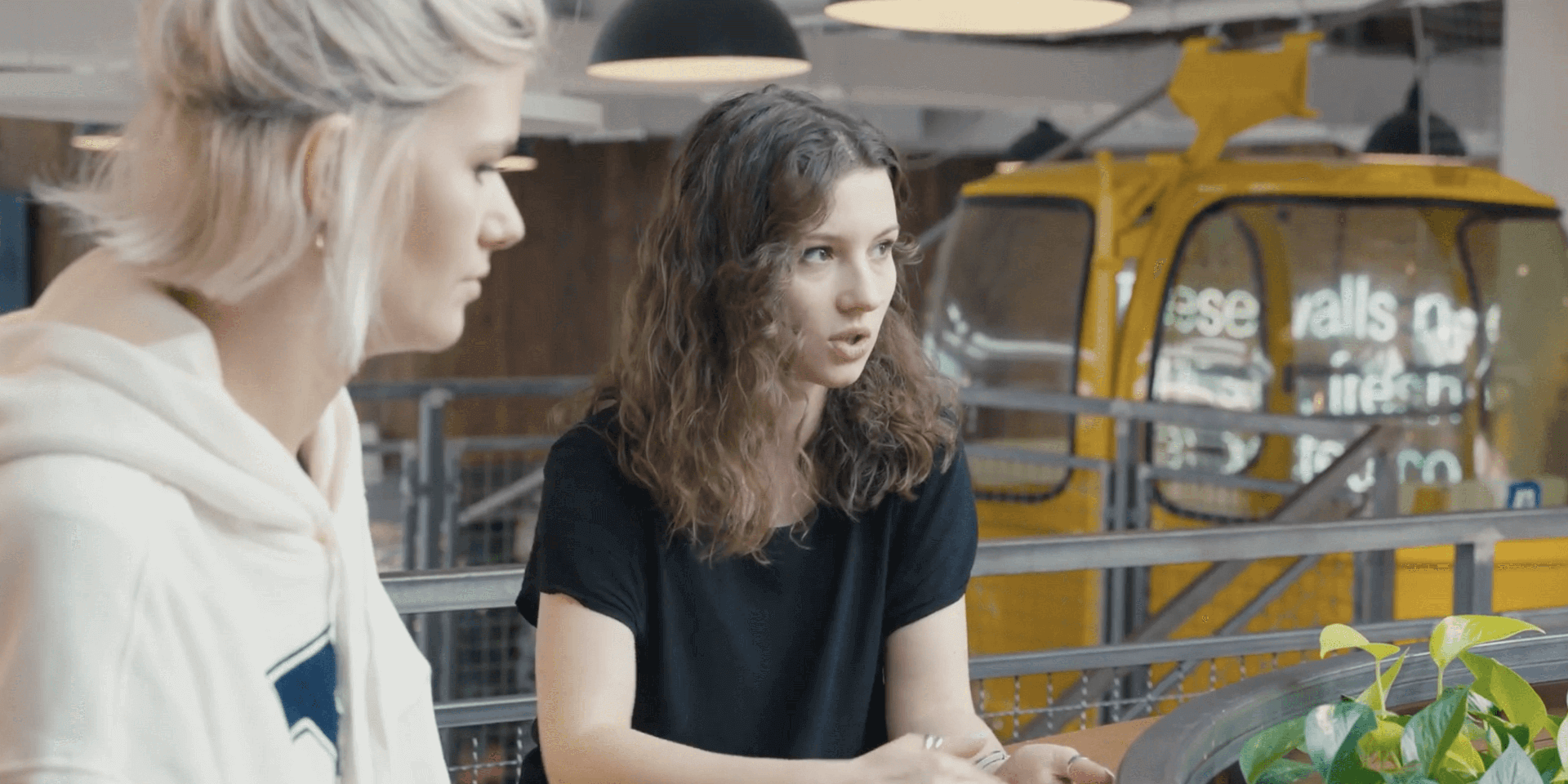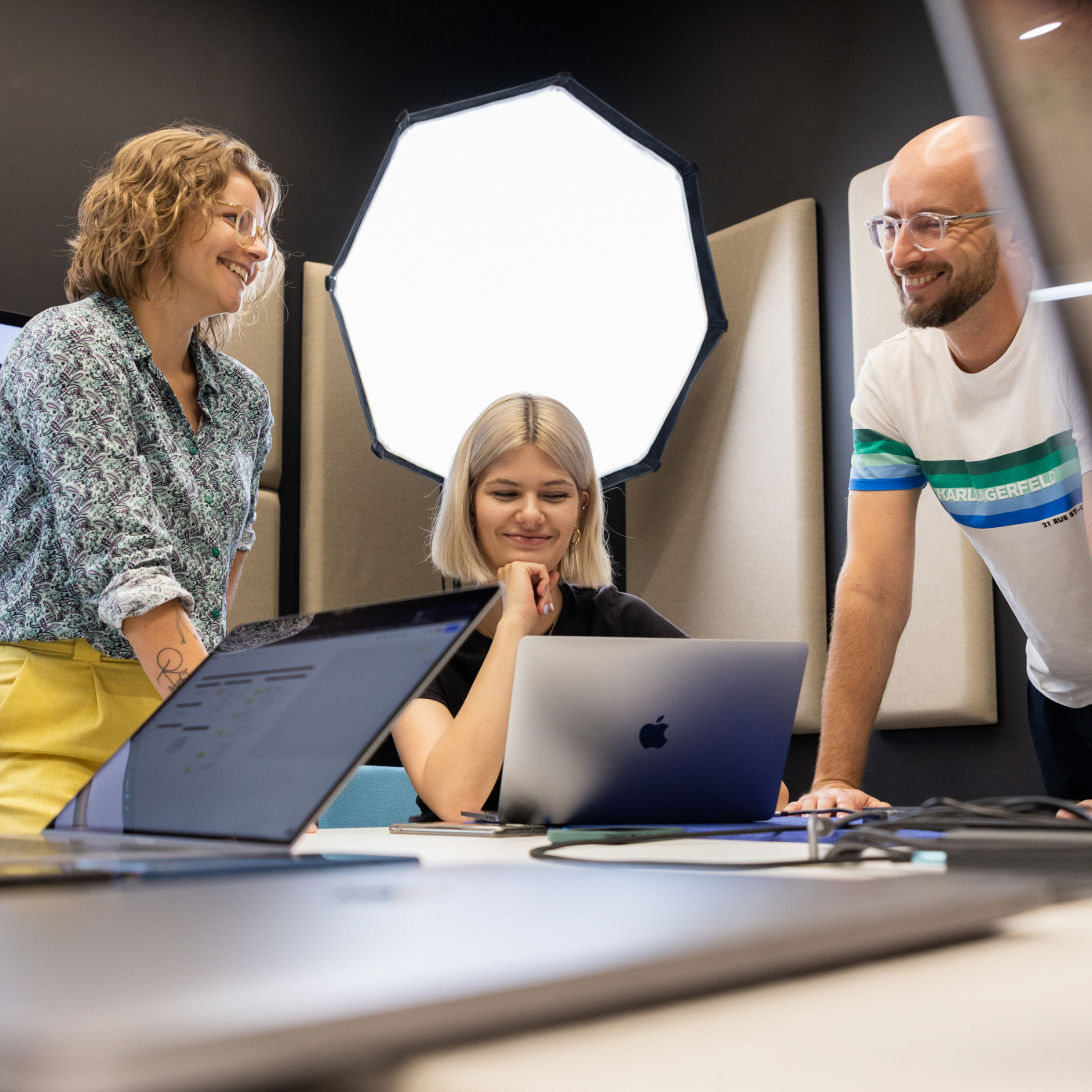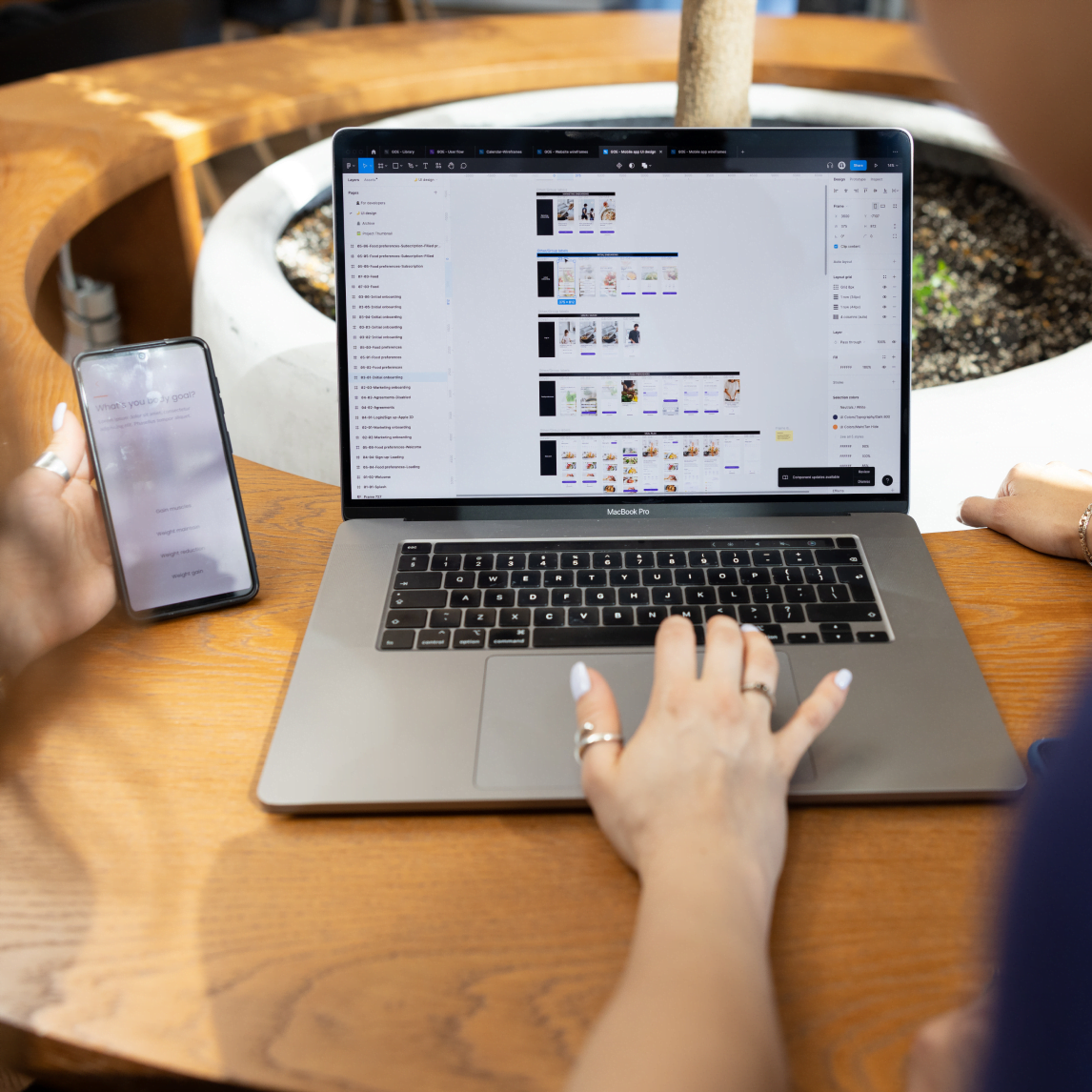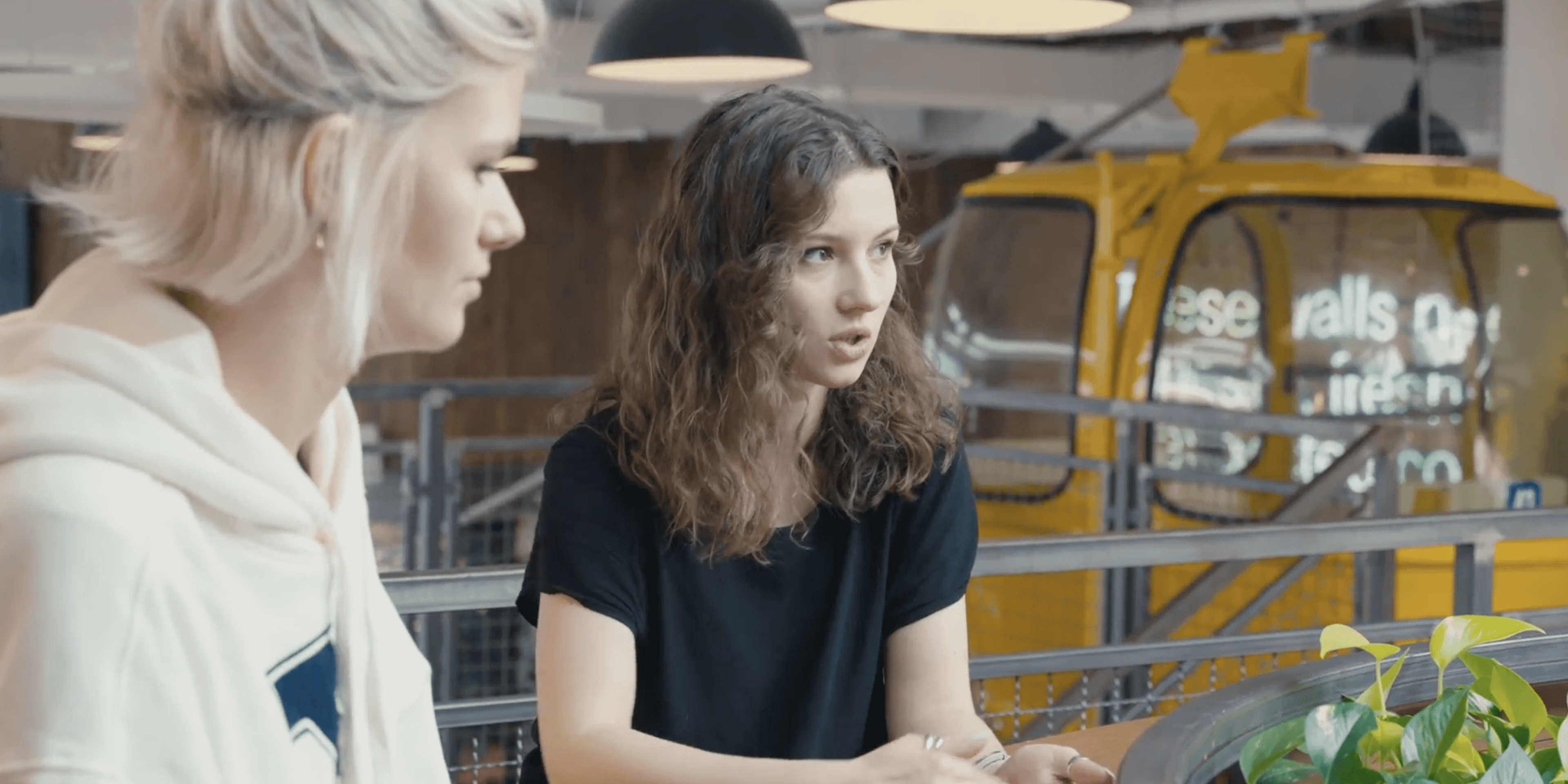Mobile apps made by people, for people

You just cannot wait to see how
your idea will turn into a monetizing product, can you? We know that excitement very well.
However, there is one thing you need to consider along the way of developing your new digital product (may it be a web app, a mobile app, or something else). You have to clash the clickable prototype with real users (ideally, personas for your product). Sounds like a time-consuming
and so expensive process? Not necessarily.
You don’t have to do it on your own. Honestly, we highly recommend that you don’t. Why? Because we are experts in this field and we will do it faster and it will cost you less – we will reach the desired users on your behalf.


What is it exactly?
User-centered design is crucial. It’s not just a buzzword – it’s real life. Look, you for sure are using digital products. Why do you use them? Because they are a response to your needs and make your life easier. The same goes for your digital product. So, the first thing you need to do with your clickable prototype is to see how users interact with your product.
Why are tests vital?
When you use a product for a long time, you just get used to it – it’s simple. You don’t have to wonder what to do, look up for options, etc. It would be best to design your new app to achieve that effect from the first click – we mean the seamless user experience of course. So, a fresh perspective is just priceless. And that’s what usability testing is about. That’s why real-life users are crucial in usability testing. You need usability testing to determine what your new users will do when they start interacting with your product.
Why do you need it?
Intuitive interface
How to navigate in the app/on the website?
Flawless experience
Can all desired actions be completed (customer’s journey)?
Generated value
Translated to interface and functionality
Engaged users
Does the product provide efficient and functional experience?
Benefits of tests
with real users
Benefits
Description
Validation of your
clickable prototype
A prototype is the first draft in the digital product development phase. Before your new game-changer goes off to the world, it has to be clashed with real users, as well as to check how it will behave in the market. These two are equally important factors. Simply – it’s about testing assumptions.
Identification of issues
(especially with complex flows)
The more complex your new product is, the higher the chance of flaws is. Thus, it’s best to spot them as soon as possible. It translates to two things – eliminating issues results in excellent user experience in the final product, and saves a lot of time and money in the development. Easy as that.
Confirmation of meeting
the needs of customers
Finding out if your new digital product meets the needs of real users is priceless. This is the opportunity to verify if your vision can actually be a monetizing product. Also, you gain invaluable insights about users’ needs and behaviors. And you can align the actions to craft even better product.
Identification of what points / areas
attract customers’ attention
Getting hands-on experience with a new product is super-exciting for the users. Besides the obvious benefit for you – feedback from the target audience – you gain even more. A group of engaged customers-to-be, who can also act as ambassadors for your new digital product.
Identification of some minor or
major errors / defects bugs / errors.
Most users abandon the digital product for just any reason. Crashes and freezes are easy to spot, but you have to be aware of the fact that anything may cause your target audience to shift to your competition’s products. Fixing the details before release is vital (and cheaper).
Understanding of what delivers
the best user experience.
The outcome of complex user research is clear – people simply enjoy using your new digital product. Before that dream comes true, a lot of data needs to be gathered and processed. Insights, feedback, various test – all these components are required to deliver that joy for your target audience.
Usability testing
vs user testing
We have over a decade of experience, so really we can tell that many people think these two terms are synonyms. Well, no. These are two completely different things. They have different meanings, they use different methods, and they include different phases. Read on to find the details.

The objectives
Usability testing
01
Evaluating the digital product
02
Validating the solution
03
Improving the functionality
User testing
01
Understanding users’ needs
02
Validating the idea
03
Producing concepts
The phases
Yeah, they differ as well. You just found out that user testing is about identifying the users’ needs and expectations and validating the idea. No wonder that this process should be conducted from the very beginning – as soon as you have the idea that needs to be transformed into a monetizing digital product.

The methods
Since user testing starts before you have a product at hand, it uses focus groups and interviews, in order to find out if your solution-to-be is useful to people. So, you ask questions to see how users solve their problems. As for usability testing, it’s far more interesting, as you need to see how your users interact with a prototype and if they find it as a positive experience.



What you’ll get
Well, what you will definitely get is a functional product – and this will turn into higher ROI at the end of the day. You surely want to have a loyal community of users (and constant growth of it) and also – to monetize your idea. Still, before launch you need to make sure your app is going to stand out in the crowd. You don’t want a scenario where your users abandon the ship after a while. So, what will you get from us? What are the deliverables?
Usability Testing Deliverables
1
Report
Report with study scenario,
summary and insights about
top pains to be covered
2
Prototype
Clickable prototype

